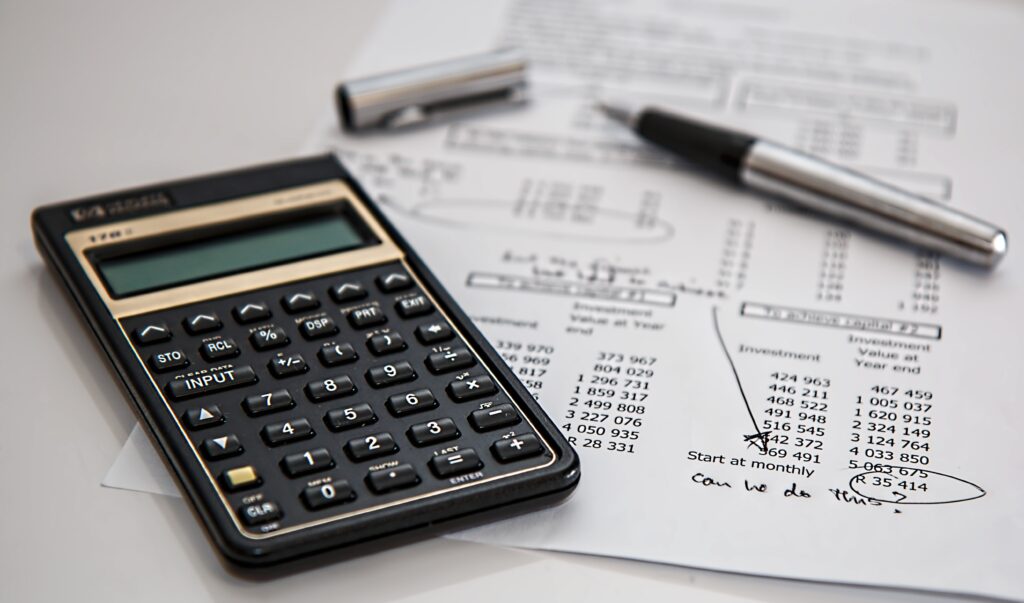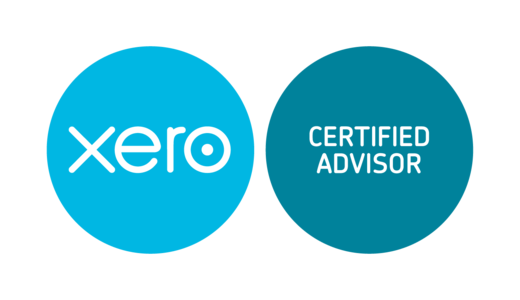
HMRC is changing the late payment penalty regime (LPPR). There have always been penalties for late, or non-payment, of taxes, but these have varied between different taxes. The proposed changes are intended to make the penalties “fairer and more consistent” across the tax regime.
The changes are being implemented over the next few years, with those who pay VAT and those who are within the Income Tax Self Assessment scheme among the first to be subjected to them.
What are the penalties on the late payment penalty regime?
All taxpayers are obliged to pay their taxes by the due date. However, under the new regime, there will be no penalty as long as the outstanding tax is paid within fifteen days of the due date.
However, if tax is not paid by the fifteenth day, the taxpayer will incur their first penalty. This first penalty is set at 2% of the tax still outstanding at day 15. They will then have a further 15 days to pay.
If any tax remains unpaid on day 30 then a further penalty of 2% of outstanding tax will be charged. In practice, this means that most people will have a total penalty of 4%.
If the tax remains unpaid then, from the 31st day, interest will be charged at 4% every year. This will be calculated daily.
What if I can’t pay?
If taxpayers cannot afford their tax payment, they can agree a time to pay arrangement with HMRC. Once agreed, this will suspend any future penalty. For example, if an arrangement is agreed on day 25, the second penalty will not be charged, although the first penalty will remain.
It is important to approach HMRC about a Time to Pay arrangement as soon as possible to ensure these can be agreed and in place before any penalty dates.
When does the new late payment penalty regime start?
The new scheme is being phased in over the next few years, and the type of tax you pay will affect when you may start to be liable for penalties in the new system.
For anyone making VAT payments, the regime will be in place for any accounting periods starting after 1 April 2022.
Individuals who are included in the Making Tax Digital Scheme — mainly the self-employed and landlords — it starts the following tax year, beginning 6 April 2023. And for others who complete self-assessments, it will begin on 6 April 2024.
Although these dates may seem a long way off, they will come sooner than expected, so it’s important to check you can pay any tax due by the due date, and if not, you approach HMRC as soon as possible.
HMRC also recognises that changes can create problems for businesses and individuals who may have to adapt existing processes to a new regime. They are therefore proposing a light touch in the first year of implementation. While this cannot be relied on, it does mean that you are more likely to get a sympathetic ear.
Next steps
Call us on 0114 345 0960 or email info@millhouses-accountancy.co.uk for queries.
Read more on our Blog.






